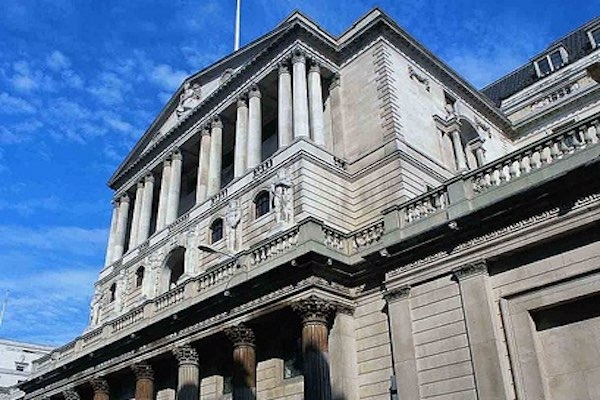The publication of 24 LIBOR settings has ended with a change in methodology coming into force for the six remaining Euro and Swiss Franc settings.
The benchmark rate was widely used in banking and financial markets, including the mortgage market.
It was also used in interest rate derivatives, bonds and securitisations, loans and other products.
The remaining six Euro and Swiss Franc LIBOR settings will now be calculated in a way that does not rely on submissions from panel banks.
These ‘synthetic’ LIBOR rates will be published until the end of 2022.
The synthetic Japanese Yen LIBOR will also cease at the end of 2022.
Whilst there will be five US dollar LIBOR settings that will continue to be calculated using panel bank submissions until mid-2023, new use of US dollar LIBOR has been banned with limited exceptions according to the Financial Conduct Authority (FCA).
The FCA added that firms should convert any legacy US dollar LIBOR contracts by mid-2023.
The FCA had previously confirmed that the 45-year-old sterling LIBOR rate would be killed off at the end of the year in an announcement in December.
Many organisations had already switched to the Bank of England-administered rate SONIA (Sterling Overnight Index Average).
New issues referencing sterling LIBOR diminished to “a trickle” by autumn 2019, and to zero since October 2020.
The Bank of England and the FCA have made it clear over a number of years that the lack of an active underlying market makes LIBOR unsustainable, and unsuitable for the “widespread reliance” placed on it.
They have worked with market participants and regulatory authorities around the world to ensure that “robust alternatives” to LIBOR are available.
LIBOR, and the way it could be manipulated, has come until fire since a number of misconduct investigations into major banks in 2014 and 2015. The probes led to some record fines for the banks, FCA bans for executives, and jail terms for some individuals found to have manipulated the rate.

